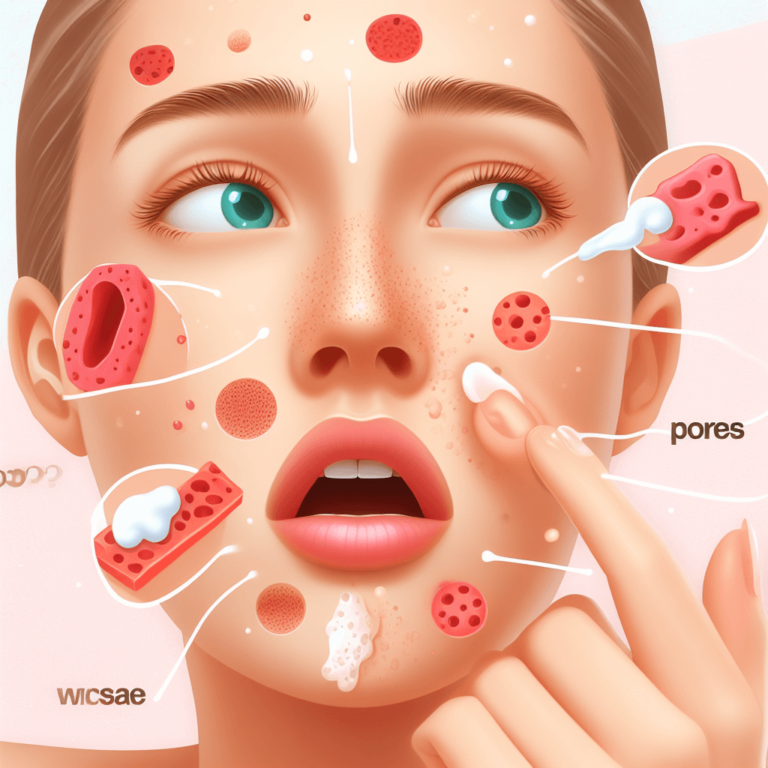How Pore Clogging Is Ethylhexyl Palmitate
Ethylhexyl Palmitate, a common ingredient in skincare, prompts concerns about its impact on pore health. Let’s explore the potential association between Ethylhexyl Palmitate and pore-clogging.

Association Between Ethylhexyl Palmitate and Pore Clogging
1. Function in Skincare
Ethylhexyl Palmitate serves as an emollient and skin conditioning agent, widely used in cosmetics for its ability to improve product texture and spreadability. To check if your skincare Product has Ethylhexyl Palmitate you can you acne safe ingredients checker.
2. Comedogenic Rating
Ethylhexyl Palmitate has a moderate to high comedogenic rating, suggesting a higher likelihood of pore-clogging compared to ingredients with lower ratings.
3. Pore Clogging Potential
Due to its emollient nature and comedogenic rating, Ethylhexyl Palmitate might exacerbate pore congestion by forming a barrier on the skin’s surface that can trap debris and sebum.
4. Individual Skin Reactivity
Individuals with oily or acne-prone skin might be more susceptible to pore congestion when using products containing Ethylhexyl Palmitate due to its potential to exacerbate existing skin conditions.
5. Skin Sensitivity Consideration
Patch-testing skincare products containing Ethylhexyl Palmitate can help individuals determine their skin’s reactivity to this ingredient and potentially avoid pore-related issues.
6. Prevention and Skincare Practices
Choosing skincare products labeled as non-comedogenic and formulated without Ethylhexyl Palmitate might help reduce the risk of potential pore concerns.
7. Seeking Professional Advice
Consulting a dermatologist or skincare professional can offer personalized recommendations, especially for individuals concerned about skin reactions to products containing Ethylhexyl Palmitate.
Conclusion
Ethylhexyl Palmitate, commonly found in skincare products for its texture-enhancing properties, has a moderate to high comedogenic rating, indicating a higher potential to clog pores. Individuals with oily or acne-prone skin should consider alternatives or patch-test products to minimize the risk of pore congestion associated with this ingredient.






